- Home
-
My Models
-
AV History
- Airline History Blog
-
Airline Development
>
-
Liveries
>
- Aeroméxico Liveries
- Air China Special Liveries
- American Airlines Liveries
- British Airways Liveries
- Continental Airlines Liveries
- Delta Air Lines Liveries
- Eastern Air Lines Liveries
- Landor Liveries
- National Airlines Liveries
- Northeast Airlines Liveries
- Northwest Airlines Liveries
- Pan Am Liveries
- Trans World Airlines Liveries
- United Airlines Liveries
- Western Airlines Liveries
- Airbus A380s >
- Boeing 747 >
- Real Airport Histories >
- Plane Spotting >
- Aviation Stickers >
-
1:400 SCALE
- Collecting 1:400 Scale >
- The History of 1:400 Scale >
-
1:400 Brands
>
- Aeroclassics >
- Airshop Diecast
- AURORA Models
- Aviation400 (2007-2012)
- Big Bird 400 Your Craftsman
- Black Box Models
- Blue Box & Magic Models
- C Models
- Dragon Wings
- El Aviador 400
- Gemini Jets >
- JAL Collection / Jet Hut >
- Jet-X >
- MP4 Models
- NG Models >
- Panda Models >
- Phoenix Models >
- Seattle Models Co (SMA)
- Skyjets400
- Sovereign Models
- TucanoLine
- Witty Wings / Apollo
- Yu ModeLs
- 1:400 Custom Models >
- Production Numbers
- Zinc Rot
-
1:400 Moulds
- The Best Moulds >
- Airbus >
-
Boeing
>
- Boeing B-377 Stratocruiser
- Short Boeing 707s & 720s
- Boeing 707-320/420
- Boeing 717
- Boeing 727-100
- Boeing 727-200
- Boeing 737-100/200
- Boeing 737-300 >
- Boeing 737-400
- Boeing 737-500
- Boeing 737-600
- Boeing 737-700/800/900 >
- Boeing 737 MAX
- Boeing 747-100/200 >
- Boeing 747-400 >
- Boeing 747SP
- Boeing 747-8 Interactive
- Boeing 747LCF Dreamlifter
- Boeing 757-200 >
- Boeing 757-300
- Boeing 767-200
- Boeing 767-300
- Boeing 777-200
- Boeing 777-300
- Boeing 787
- British >
- Douglas >
- Lockheed >
- Other >
- Chinese >
- Soviet >
- Smallest Moulds in 1:400
-
1:400 Reviews
-
Model News
- Model Blog
-
New Mould Samples
>
- Aviation400 >
- JC Wings >
-
NG Models 400 Scale
>
- Airbus A318
- Airbus A319/320 CEO
- Airbus A319/320 NEO
- Airbus A321CEO & NEO
- Airbus A330-200/300
- Airbus A330 Beluga XL
- Airbus A330-800/900
- Airbus A340-200/300
- Airbus A350-900
- Airbus A350-1000
- Boeing 737-600/700/900
- Boeing 737-600 Refresh
- Boeing 737-800
- Boeing 737 MAX-8/MAX-9
- Boeing 737 MAX-7/MAX-10
- Boeing 747-100
- Boeing 747-200
- Boeing 747-400
- Boeing B747SP
- Boeing 747-8I
- Boeing 747-8F
- NG 747s Together
- Boeing 757-300
- Boeing 767-200/300 >
- Boeing 767-400 >
- Boeing 777-200
- Boeing 777-300/300ER
- Boeing 787-8
- Lockheed L-1011 Tristar
- Lockeed Tristar 500
- McDonnell Douglas MD-80
- McDonnell Douglas MD-87
- Tupolev Tu-154
- Tupolev Tu-204/Tu-214/Tu-234
- NG Models 200 Scale >
- Phoenix Models >
- Yu ModeL >
-
1:600 SCALE
- DIORAMAS
There are few areas of manufacturing and technology more complicated than the production of a civil airliner. China continues to push the boundaries of the global economy but has rarely been seen as a technical innovator or leader. Despite this China has had an active aviation industry for decades, but had never put a civil jet aircraft into service of its own design. The first attempt in the 1970s, the Shanghai Y-10, was a failure. Only three aircraft were built (and only one flew) and the plane resembled a reverse engineered 707. This is very unfair but regardless the resulting Y-10 was not a viable product not the least because it was more like a plane of the 1960s than 1980s. China moved on and has successfully and reliably assembled McDonnell Douglas and Airbus airliners since, as well as building a series of gradually improved copies of the AN-24, none of which have a good reputation. Even so it would be expected that given the range of other aircraft China has made for the military and general aviation markets that a civil jet would not be beyond them, especially with the massive cushion of a huge domestic market which can be coerced to buy the resulting aircraft. Originally the ARJ was made under the auspices of AVIC Commercial Aircraft Company (ACAC) but in 2009 they were reorganised into the Commercial Aircraft Corp. of China (COMAC). The programme design phase began in March 2002 with first flight projcted for 2005 and service entry in 2007. The reality has been that the first flight didn't take place until November 28, 2008 and service entry wasn't until June 28, 2016! Even then you could plausibly argue the aircraft has never really entered service proper and has instead been undertaking test flights with paying passengers aboard! The fuselage of the aircraft clearly owes a debt to leftover tooling from the abortive MD-80/90 Trunkliner programme and in fact production drawings remain effectively unchanged from the McDonnell Douglas ones. China's claim that the aircraft is 100% indigenous is rather farcical especially when the engines (General Electric CF-34 Turbofans) and avionics (from Rockwell-Collins) are from the USA and the wing was designed by Ukraine's Antonov Design Bureau. In many ways it is the wing that is the only really new major item. The initial version of the aircraft is the ARJ21-700, which at only 33.46m long and seating between 70 and 90 passengers, resembles a DC-9-20 rather than an MD-90. This is a major issue as the type ought to be competing against aircraft like the MRJ-90, E175, SSJ100 and CRJ700, but clearly has a heritage that endows it with a lot more weight than it needs and clean sheet designs such as its competitors are carrying. This alone renders the ARJ21 already effectively obsolete. The built in design obsolescence did not stop orders from 'flooding in' for the type, but when you are a Chinese state owned organisation your options are probably fairly limited! If you believe the official stats over 300 orders have been received but these come almost entirely from Chinese airlines. Even then the bulk are from smaller operators like Chengdu Airlines (30) or massively unsuccessful ones like Henan Airlines (100) and Joy Air (50). Technically the Joy Air that ordered the ARJs doesn't even exist anymore as the current Joy Air is a combination of OK Airways regional ops and the old assets of the failed Joy Air. Henan Airlines is even worse off and its situation appears in limbo at the moment. Of the remaining orders only 21 from airlines of any repute (Shanghai (5), Shandong (10) and Xiamen (6)). At Farnborough in July 2016 the ARJ21 received 90 orders from leasing companies (China Aircraft Leasing Ltd for 60 and Aviation Industry Corp of China Leasing Co 30) but it is hard to see these orders as anything but propaganda. Foreign orders received look even more shaky and came primarily from countries that China has significant influence over like Laos, Myanmar and the Republic of Congo. These initial foreign orders have dwindled as delays have set in. Myanmar Airways cancelled its order for 2 in September 2012 and leased Embraer 190s instead. Similarly Lao Airlines took alternative aircraft instead (A320s) and says it will only take the ARJs if they achieve FAA certification, something that is never going to happen. The Congolese government still intends to take 3 and even granted the type certification in December! Despite the aircraft flying the huge time between orders and delivery invalidates most of the existing orders even before the veracity of the customers come into play. It is hard to see many of the orders being fulfilled, which is probably just as well as COMAC have shown no capability to mass produce the airliner so far. In addition COMAC's ability to support the aircraft in service is unproven. Sukhoi spent a lot of effort convincing the market that they could support their SSJ, COMAC appear to have spent very little. So if not a viable commercial airliner it is also barely a technology demonstrator. In fact the ARJ21 could probably be better seen as a upskilling testbed project for Chinese industry. In that regard it no doubt has some merit and the travails that have befallen the type's development can now hopefully be avoided with the new larger COMAC C919. Launch customer for the ARJ21 has been Chengdu Airlines, which is part owned by COMAC. They finally received their first aircraft on November 29, 2015 however it was more than 7 months before B-3321 was put into operational service. This day came on June 28, 2016 when the aircraft operated between Chengdu and Shanghai. Over the next 4 months until the end of the summer schedule in October 29 the ARJ21 operated only three weekly rotations on that single route completing only 85 of the 108 planned segments. The vast majority (81) of these were operated by B-3321 although the delivery of Chengdu's 2nd aircraft (B-3322) on September 29 did allow that aircraft to be used four times. By the start of October Chengdu had 8 pilots type rated for the ARJ but although the load factor on ARJ routes was over 90% Chengdu Airlines had plenty of feedback for Comac, some of which is rather embarassing. Among the items COMAC needed to work on were: reducing cabin noise, simplifying the aircraft’s warning systems, installing an aircraft crew address and reporting system, resolving a door pressure issue and making the aircraft safe for operations in heavy rain! Apparently the CAAC has given COMAC a list of 7 or 8 improvements needed before a production certificate can be given for the type. Apparently the loud engine noise means that the last two rows in the ARJ have to remain empty whilst the type can only fly in fine weather. Interestingly even with this low level of flight activity and short service life the first ARJ, B-3321, was already due for a C check by the end of October (C-checks are usually undertaken every 20-24 months). Chengdu Airlines did not schedule any ARJ flights in its winter schedule, probably due to the weather constraints. B-3321 did finally return to service on February 14, 2017 back on the original route between Chengdu and Shanghai, via Changsha and carried 270 passengers that day (2 return trips). By this time 5 ARJ21s were available for flight testing and airline service with the original prototype withdrawn and used as a static test airframe. I assume that both Chengdu's ARJs are now back in service. COMAC hopes to deliver all the improvements to the ARJ21 by the end of 2017, but whether anymore aircraft get into airline service is, I'd have thought, questionable. COMAC has dreams of an extended ARJ21-900 model seating 105 in a 1 class layout, but to think that'll ever fly is optimistic. Nevertheless the ARJ has given the Chinese a crash course in civil aviation jetliner design and despite the ongoing troubles I don't doubt that within the next 30 years China will become a major designer of aircraft, at least for its own airlines, if not globally. Maybe in the long term the Xianfeng will earn its wings after all. References
2016, June. Free ARJ21 aircraft Chinese civil aircraft industry to perfect flight. Chinese Micronews 2016, June. China's first modern jetliner has finally entered airline service. Business Insider 2016, Oct. Comac delivers second ARJ21 to Chengdu Airlines. Flight Global 2016, Oct. COMAC Slowly Ramps Up ARJ21 Production. Forecast International COMAC ARJ21-700. COMAC website COMAC ARJ21-700. Wikipedia
1 Comment
Leave a Reply. |
AuthorI'm Richard Stretton: a fan of classic airliners and airlines who enjoys exploring their history through my collection of die-cast airliners. If you enjoy the site please donate whatever you can to help keep it running: Archives
July 2024
Categories
All
|
- Home
-
My Models
-
AV History
- Airline History Blog
-
Airline Development
>
-
Liveries
>
- Aeroméxico Liveries
- Air China Special Liveries
- American Airlines Liveries
- British Airways Liveries
- Continental Airlines Liveries
- Delta Air Lines Liveries
- Eastern Air Lines Liveries
- Landor Liveries
- National Airlines Liveries
- Northeast Airlines Liveries
- Northwest Airlines Liveries
- Pan Am Liveries
- Trans World Airlines Liveries
- United Airlines Liveries
- Western Airlines Liveries
- Airbus A380s >
- Boeing 747 >
- Real Airport Histories >
- Plane Spotting >
- Aviation Stickers >
-
1:400 SCALE
- Collecting 1:400 Scale >
- The History of 1:400 Scale >
-
1:400 Brands
>
- Aeroclassics >
- Airshop Diecast
- AURORA Models
- Aviation400 (2007-2012)
- Big Bird 400 Your Craftsman
- Black Box Models
- Blue Box & Magic Models
- C Models
- Dragon Wings
- El Aviador 400
- Gemini Jets >
- JAL Collection / Jet Hut >
- Jet-X >
- MP4 Models
- NG Models >
- Panda Models >
- Phoenix Models >
- Seattle Models Co (SMA)
- Skyjets400
- Sovereign Models
- TucanoLine
- Witty Wings / Apollo
- Yu ModeLs
- 1:400 Custom Models >
- Production Numbers
- Zinc Rot
-
1:400 Moulds
- The Best Moulds >
- Airbus >
-
Boeing
>
- Boeing B-377 Stratocruiser
- Short Boeing 707s & 720s
- Boeing 707-320/420
- Boeing 717
- Boeing 727-100
- Boeing 727-200
- Boeing 737-100/200
- Boeing 737-300 >
- Boeing 737-400
- Boeing 737-500
- Boeing 737-600
- Boeing 737-700/800/900 >
- Boeing 737 MAX
- Boeing 747-100/200 >
- Boeing 747-400 >
- Boeing 747SP
- Boeing 747-8 Interactive
- Boeing 747LCF Dreamlifter
- Boeing 757-200 >
- Boeing 757-300
- Boeing 767-200
- Boeing 767-300
- Boeing 777-200
- Boeing 777-300
- Boeing 787
- British >
- Douglas >
- Lockheed >
- Other >
- Chinese >
- Soviet >
- Smallest Moulds in 1:400
-
1:400 Reviews
-
Model News
- Model Blog
-
New Mould Samples
>
- Aviation400 >
- JC Wings >
-
NG Models 400 Scale
>
- Airbus A318
- Airbus A319/320 CEO
- Airbus A319/320 NEO
- Airbus A321CEO & NEO
- Airbus A330-200/300
- Airbus A330 Beluga XL
- Airbus A330-800/900
- Airbus A340-200/300
- Airbus A350-900
- Airbus A350-1000
- Boeing 737-600/700/900
- Boeing 737-600 Refresh
- Boeing 737-800
- Boeing 737 MAX-8/MAX-9
- Boeing 737 MAX-7/MAX-10
- Boeing 747-100
- Boeing 747-200
- Boeing 747-400
- Boeing B747SP
- Boeing 747-8I
- Boeing 747-8F
- NG 747s Together
- Boeing 757-300
- Boeing 767-200/300 >
- Boeing 767-400 >
- Boeing 777-200
- Boeing 777-300/300ER
- Boeing 787-8
- Lockheed L-1011 Tristar
- Lockeed Tristar 500
- McDonnell Douglas MD-80
- McDonnell Douglas MD-87
- Tupolev Tu-154
- Tupolev Tu-204/Tu-214/Tu-234
- NG Models 200 Scale >
- Phoenix Models >
- Yu ModeL >
-
1:600 SCALE
- DIORAMAS

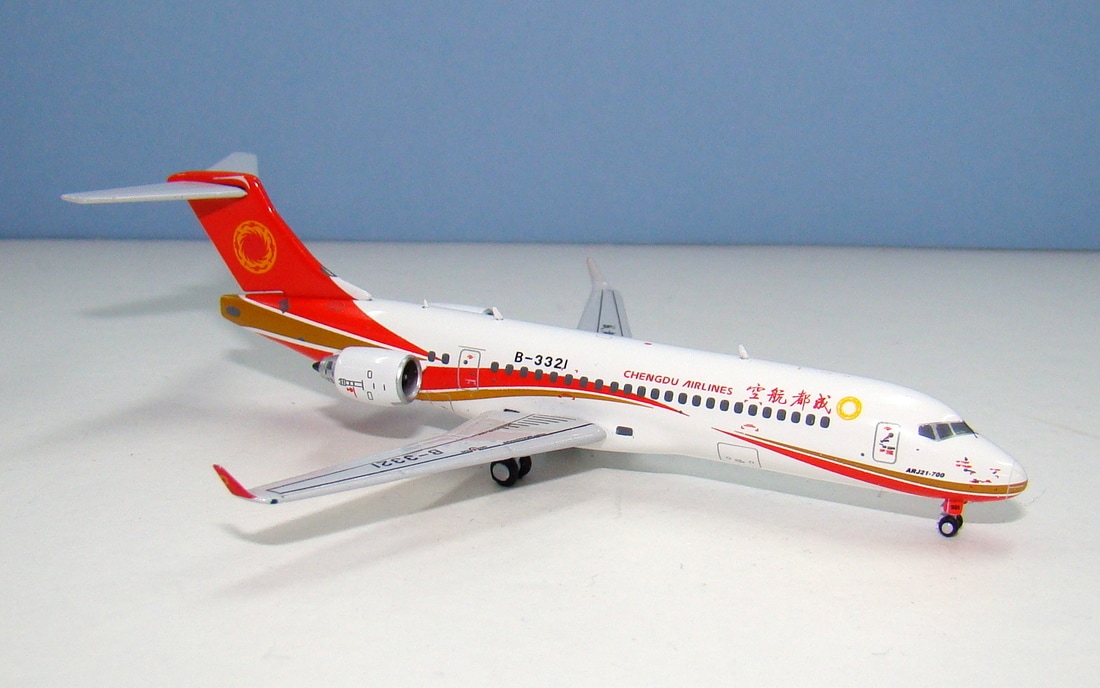
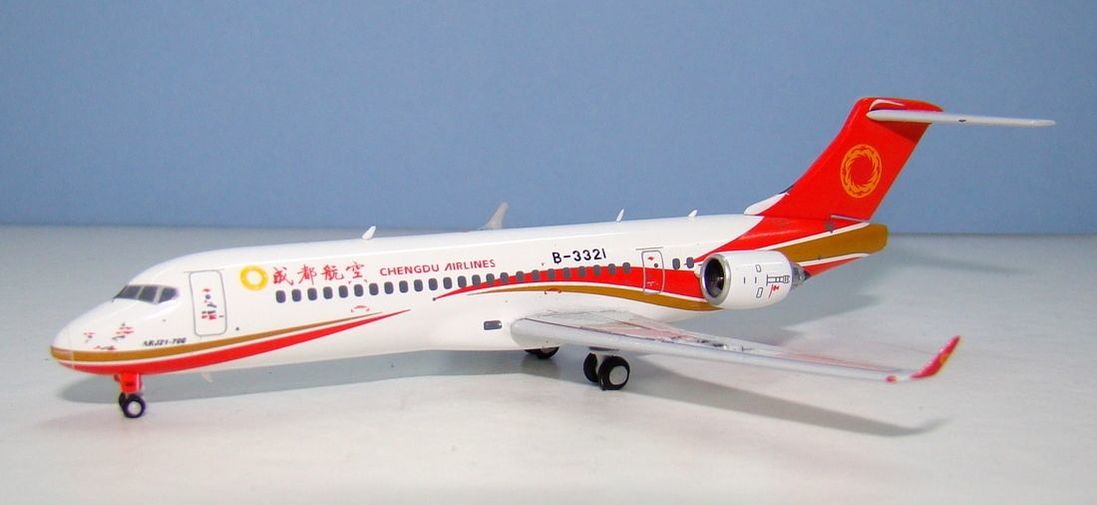
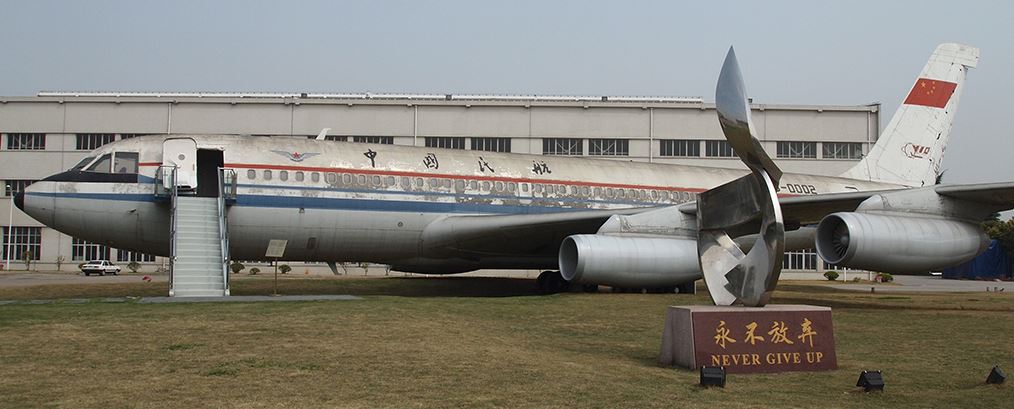
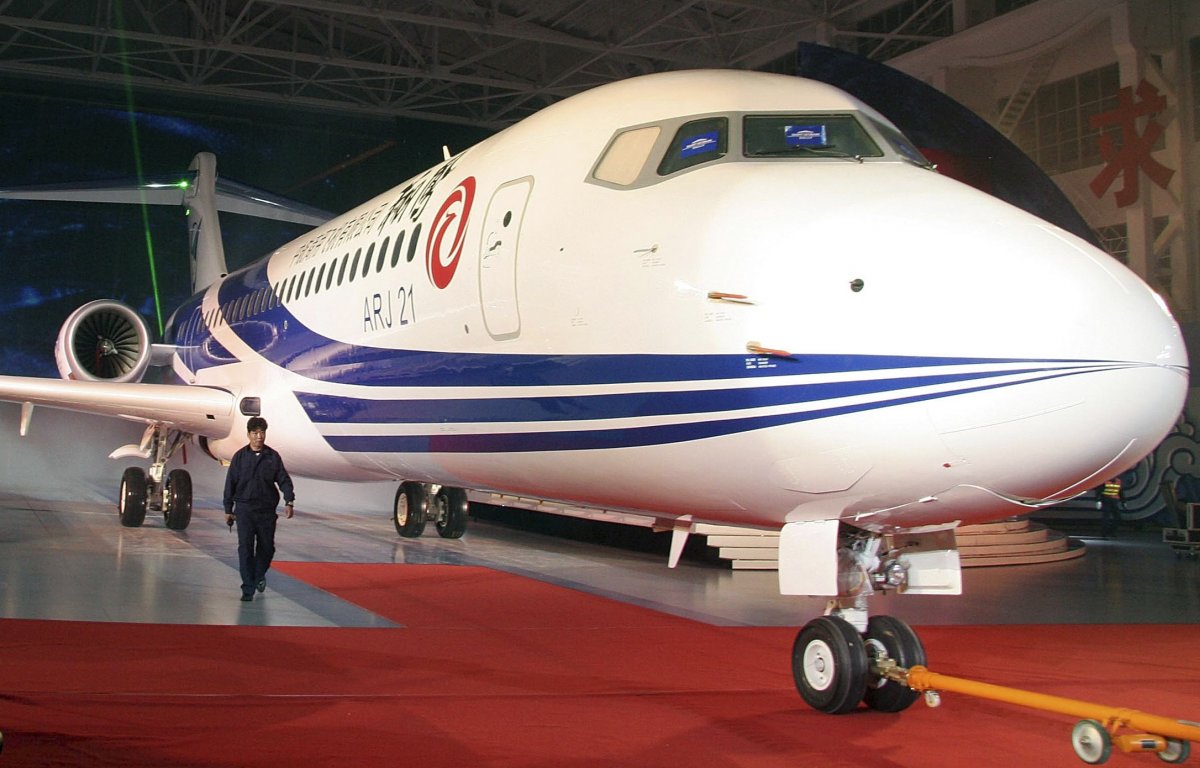

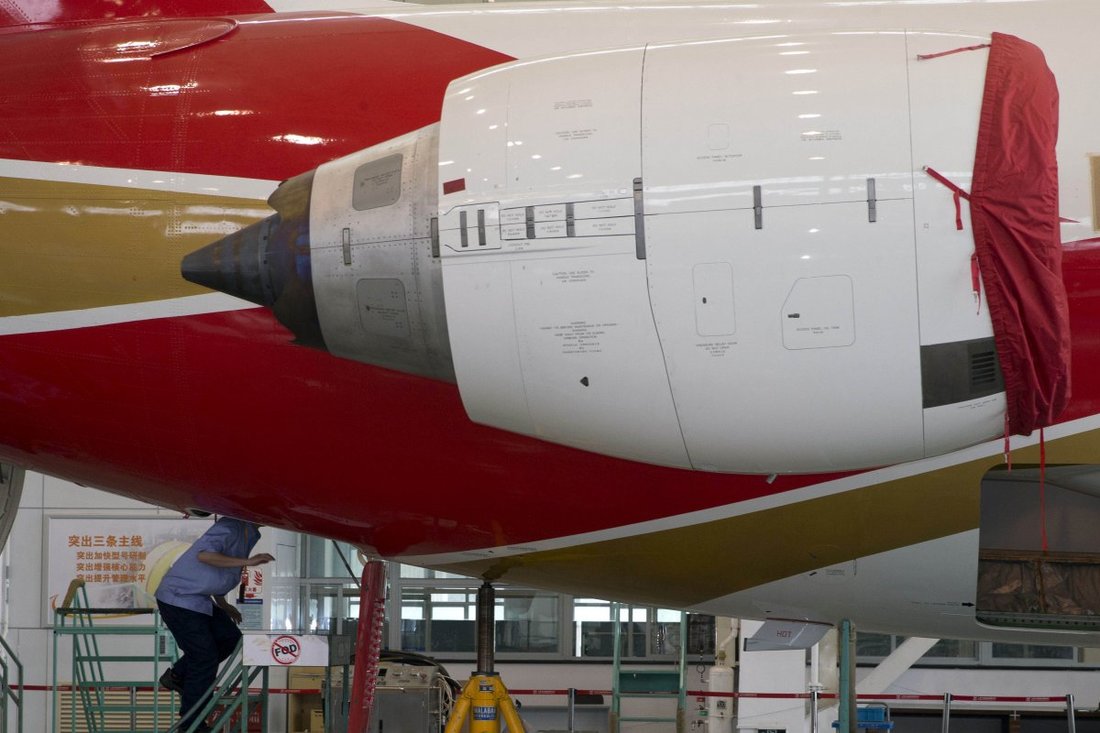
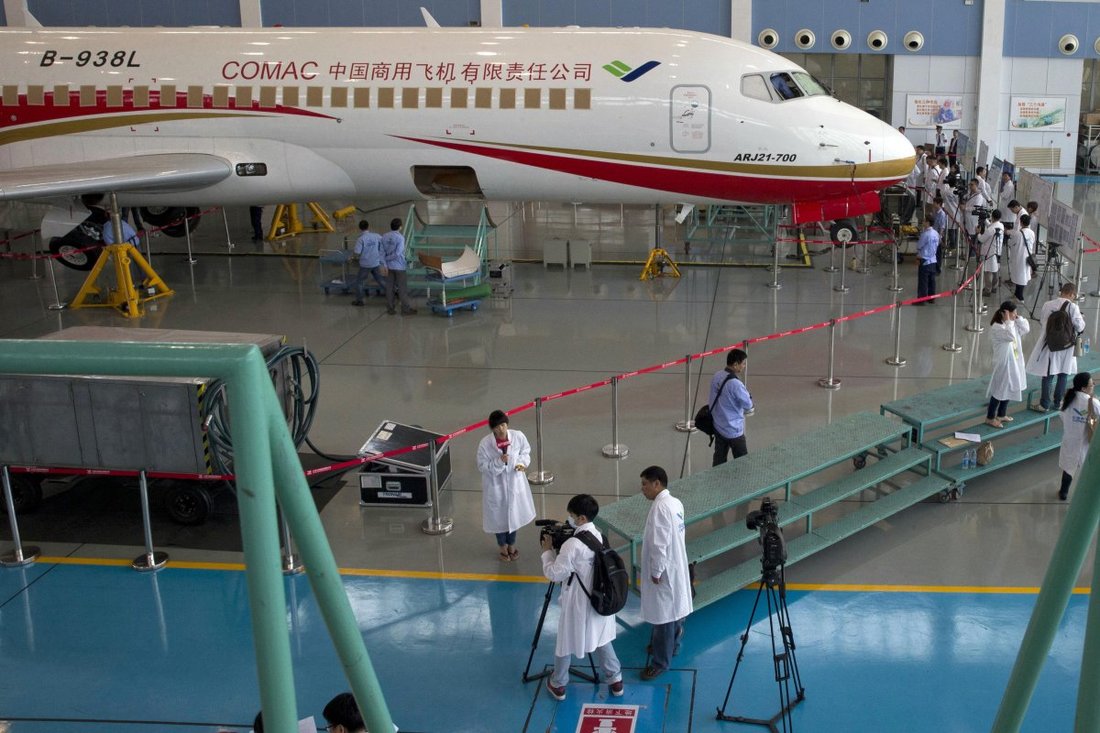
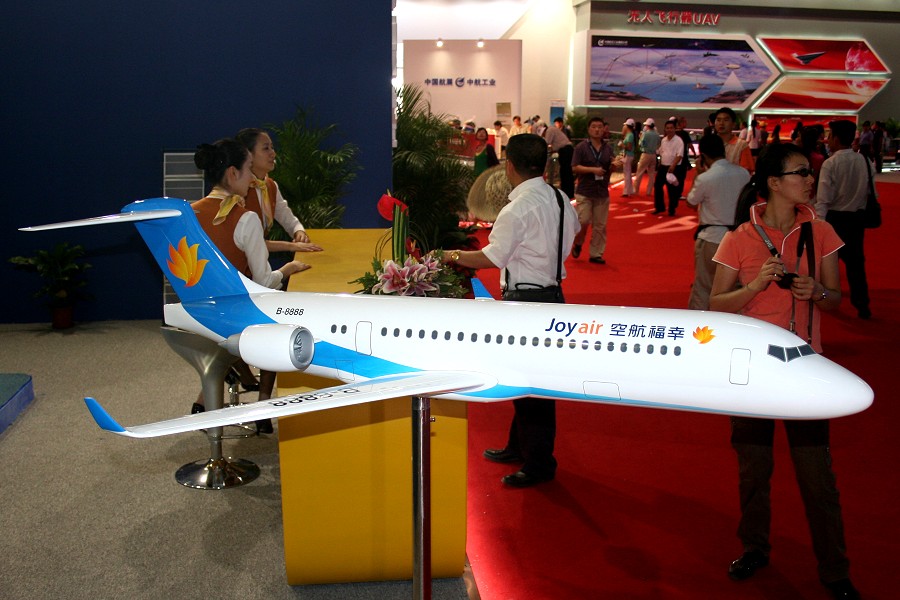

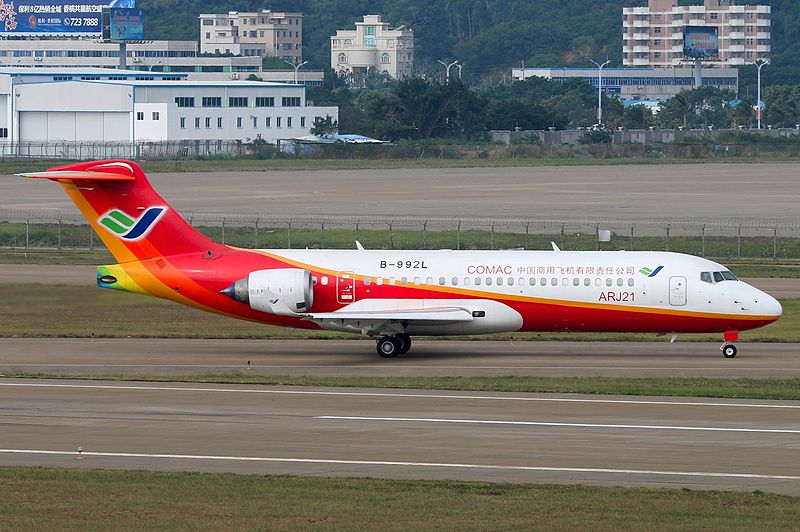

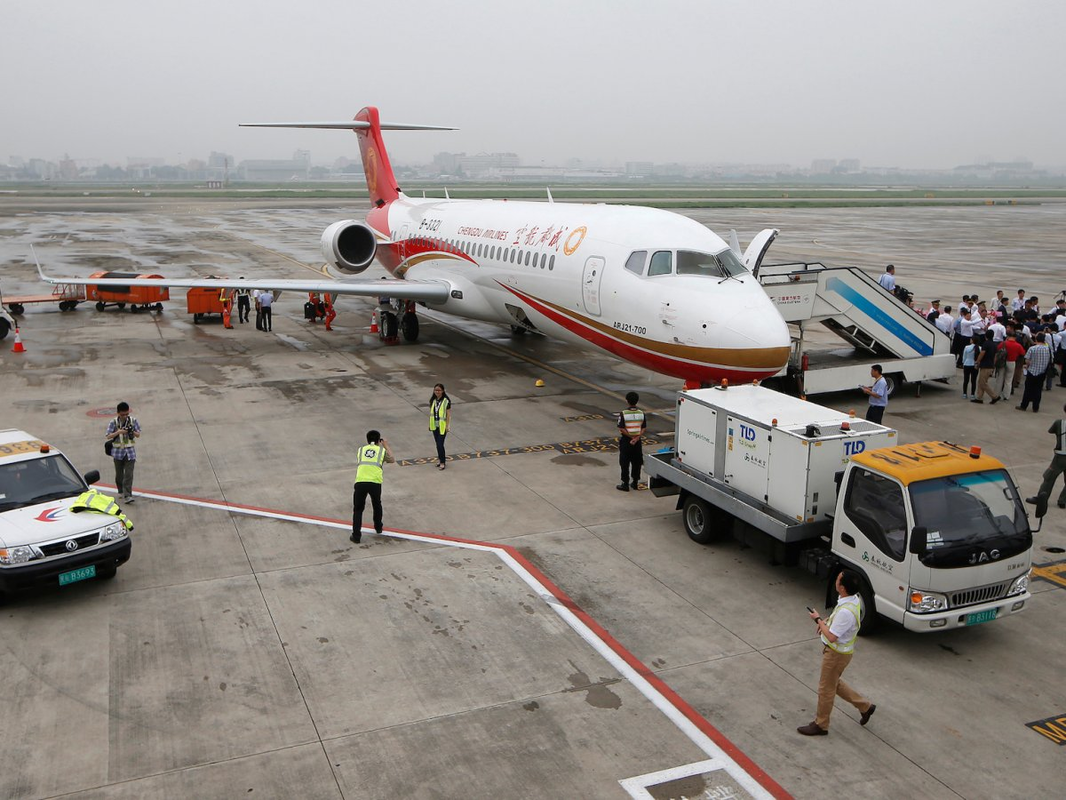
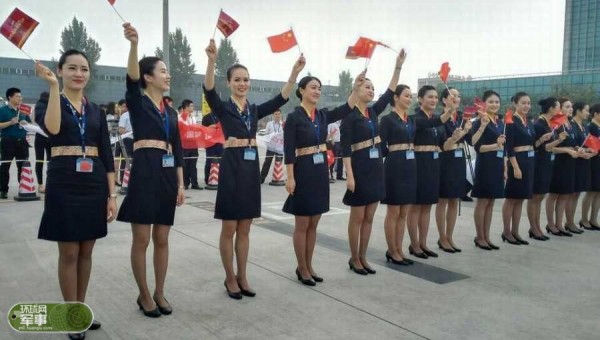
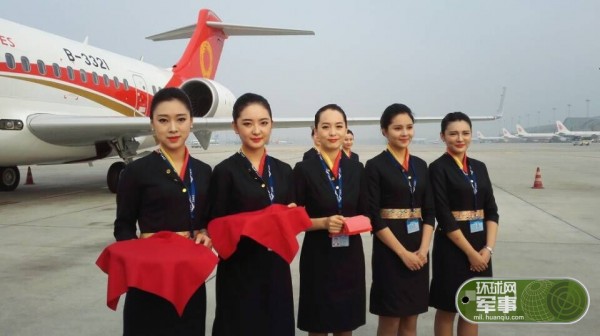



 RSS Feed
RSS Feed